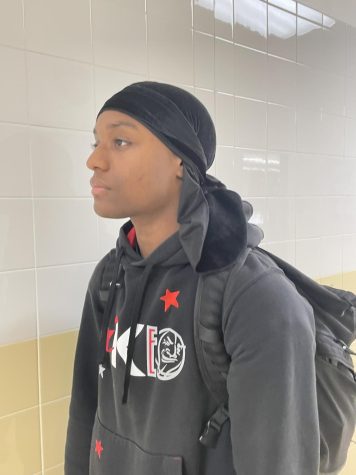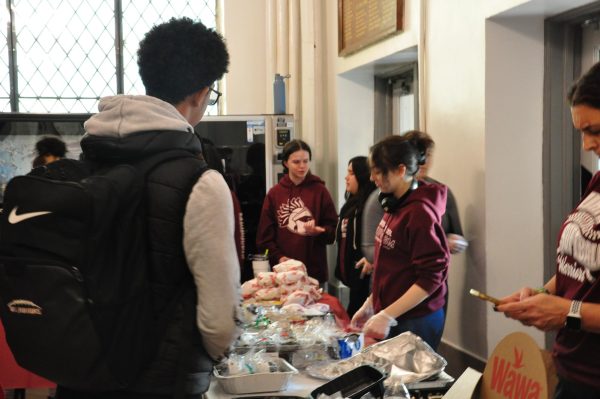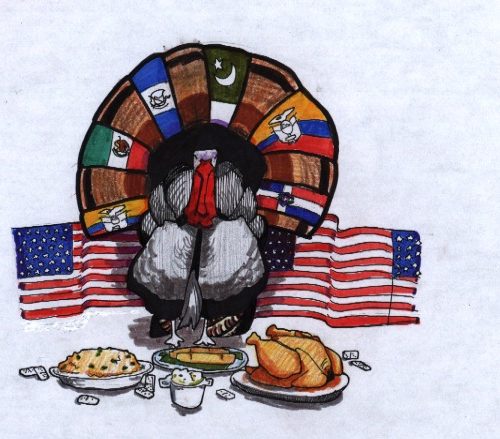NYC student dress code policy remains point of debate: Can guidelines co-exist with self-expression?

Editors Note: The author of this article is a Curtis High School student who participates in the Advance/SILive.com journalism e-mentorship program. She did the writing and research for this piece. The Curtis-Advance/SILive.com partnership is designed to help young people explore the world of journalism, photography and social media.
STATEN ISLAND, N.Y. — New York City’s public school dress code policy is often a topic of disagreement between students and staff, with teens stating that the guidelines inhibit self-expression, while teachers and administrators insist that they are a way of ensuring people are dressing appropriately. The city Department of Education (DOE) dress code policy allows for students to wear clothing consistent with their needs based on their “protected identities” and also to maintain or wear natural hair or hairstyles that are closely associated with these identities.
‘INCLUSIVE LEARNING ENVIRONMENT’
“Our dress code gives students the opportunity to express themselves while establishing important community guidelines; essential aspects of maintaining a positive, safe, and inclusive learning environment,” said a DOE spokesperson. “School dress codes are implemented in a non-discriminatory manner to ensure that all students feel comfortable, respected, and represented in their school communities.” While the DOE sets the overarching policy for public schools citywide, it is up to each individual school to interpret and implement it. In other words, the code will always be a reflection of values and beliefs within a school. While individual schools can shape their own dress code, they must remain consistent with DOE dress code guidelines, which are found on the agency’s website. “We are seeing and experiencing a generational shift in professionalism and comfort, and even though so much is changing, we as school administration will always make decisions in the best interest for the students,” said Dwayne Archbold, assistant principal at Curtis High School.
A SHIFT AMID THE PANDEMIC
The dress code at Curtis was brought to the forefront when students returned to campus following months of remote learning during the coronavirus (COVID-19) pandemic. When students were back in their classrooms, they dressed as if they had never left the house — sporting sweatshirts and pajamas. Since they were not required to “get dressed” for remote learning, they carried those habits when they returned. This became a problem, as teachers could not identify those students who were covering their head with a hat or a hood, along with wearing a mask in compliance with the city’s coronavirus safety protocols. As a result, Curtis reinforced the policy among students — reminding them of the importance of dressing according to the school’s guidelines. Archbold explained that the purpose of the dress code policy is to teach students how to dress appropriately for every circumstance, whether it be for safety or out of respect for their teachers and peers. However, many students said they disagree. “People are being punished for the way they decide to express themselves,” said one student, a junior who requested anonymity for this report. Another student described the dress code as “sexist.” “Boys walk around with shorts all the time, but when girls do it, it’s wrong. It’s not our fault men can’t concentrate when it comes to women’s necks or legs, or even arms — which is totally creepy,” said Yasmin Ladraa, a senior.
A CALL TO END THE RULES
And when asked whether the policy should be continued, many said it should be put to rest, with one student explaining that “it’s more disruptive to try and make students dress a certain way than it would be to leave them alone.”
Dress codes must be implemented equally and equitably with a breadth of identities in consideration, according to the DOE.
ENSURING APPROPRIATE ATTIRE






